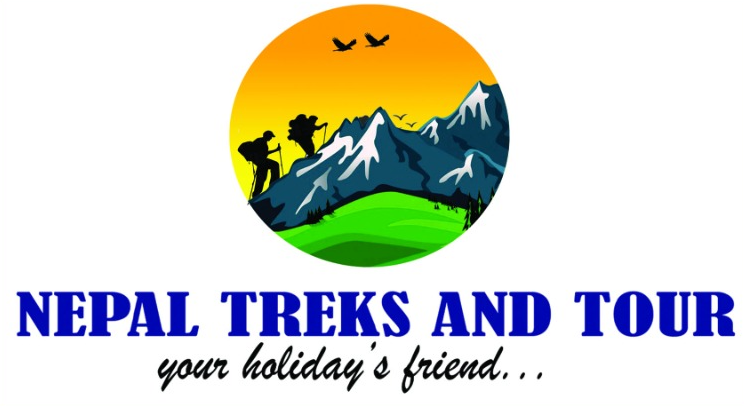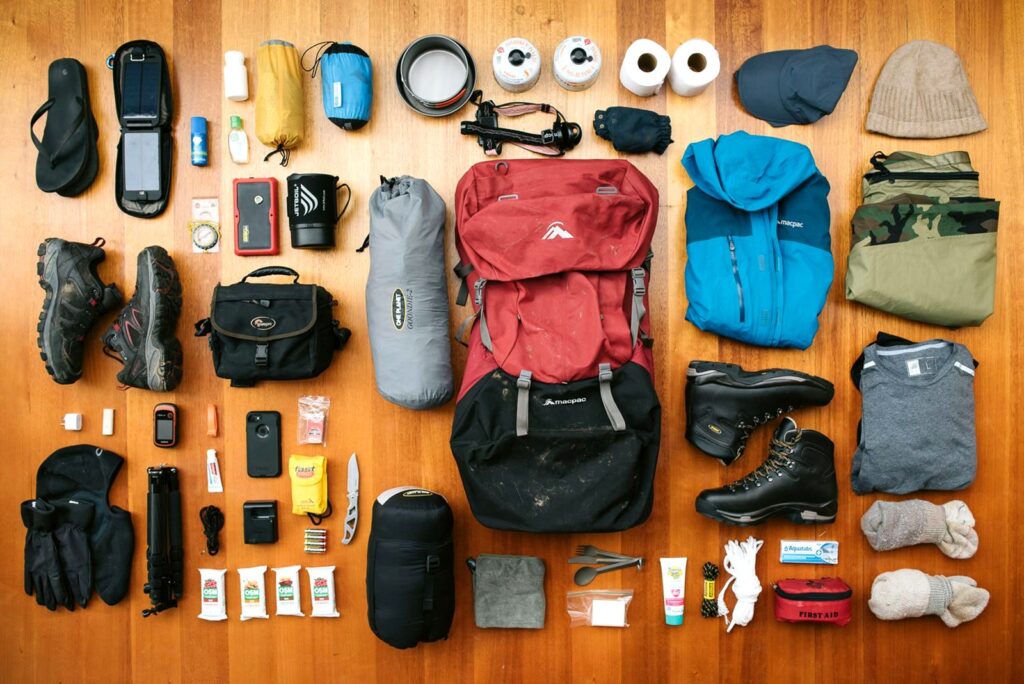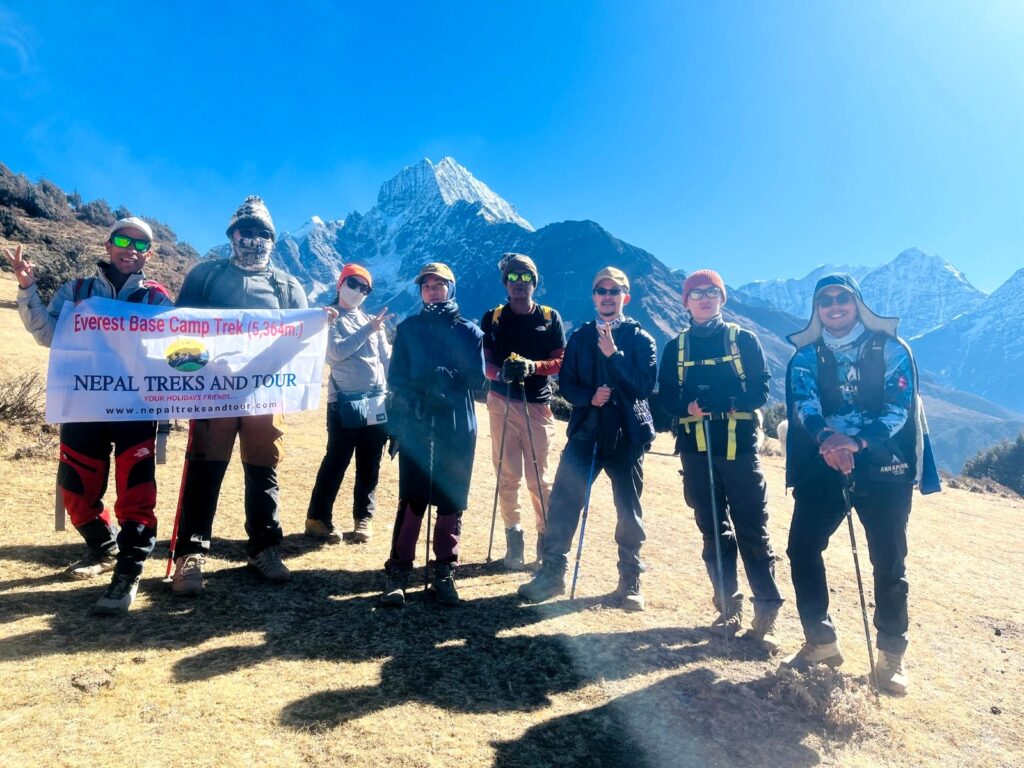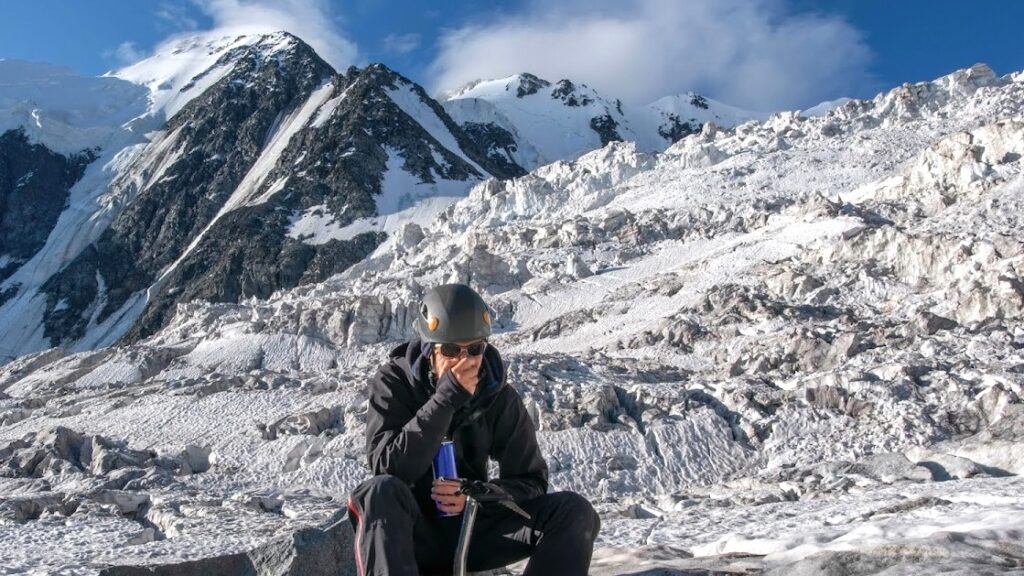The Everest Base Camp Trek is one of the most iconic and sought-after adventures in the world, offering breathtaking views, rich Sherpa culture, and the unforgettable experience of standing at the foot of the world’s highest peak—Mount Everest. This Complete Guide for Everest Base Camp Trek in Nepal is designed to provide all the essential information for trekkers planning this once-in-a-lifetime journey. From choosing the right EBC Trek Itinerary and understanding the Everest Base Camp Trek difficulty, to knowing the exact Everest Base Camp altitude, required Everest Base Camp permits, and the ideal Everest Base Camp trekking season, this guide covers it all. Whether you’re wondering about the Everest Base Camp Trek Cost, looking for the right Nepal trekking guide Everest, or seeking tips on Everest Base Camp acclimatization and dealing with altitude sickness Everest Base Camp, this article is your go-to resource. We also cover whether to do the Everest Base Camp with guide or without, what to pack, and provide a detailed Everest Base Camp trek map to support your adventure. Get ready to discover everything about Trekking to Everest Base Camp with Nepal Treks and Tour, your expert partner in Himalayan exploration.
Trek Overview
The Everest Base Camp Trek is a legendary high-altitude journey that takes you through the heart of the Khumbu region to the base of the world’s tallest peak, Mount Everest (8,848.86 m). Starting with a scenic flight to Lukla, the trek winds through picturesque Sherpa villages like Namche Bazaar, Tengboche, and Dingboche, before reaching the iconic Everest Base Camp (5,364 m) and Kala Patthar (5,545 m) for unforgettable mountain views. The trek typically spans 12 to 15 days, involves moderate to challenging difficulty, and requires proper Everest Base Camp acclimatization. It’s a mix of cultural immersion, spiritual exploration, and natural wonder—making it one of the best experiences in trekking in Nepal.
Everest Base Camp Trek Itinerary
EBC Trek Itinerary that ensures proper Everest Base Camp acclimatization, cultural exploration, and breathtaking Himalayan views. Below is the standard Everest Base Camp Trek itinerary we recommend for a safe and memorable experience:

Day 01: Arrival in Kathmandu (1,400m)
- Welcome to Nepal! Our team will receive you at Tribhuvan International Airport and transfer you to your hotel. Pre-trip briefing in the evening.
Day 02: Fly to Lukla (2,800m) & Trek to Phakding (2,610m) – 35 min flight, 3–4 hrs trek
- A thrilling flight to Lukla followed by a scenic trek along the Dudh Koshi River to the beautiful village of Phakding.
Day 03: Trek to Namche Bazaar (3,440m) – 5–6 hrs trek
- Enter Sagarmatha National Park, cross suspension bridges, and ascend to the bustling Sherpa town of Namche, the gateway to the Everest region.
Day 04: Acclimatization Day in Namche Bazaar
- Enjoy a rest day to adjust to the Everest Base Camp altitude. Optional hike to Everest View Hotel or Khumjung village.
Day 05: Trek to Tengboche (3,860m) – 5–6 hrs trek
- A beautiful trail with stunning mountain views leads to the spiritual center of the Khumbu, Tengboche Monastery.
Day 06: Trek to Dingboche (4,410m) – 5–6 hrs trek
- Descend through rhododendron forests and ascend to the alpine village of Dingboche with views of Ama Dablam.
Day 07: Acclimatization Day in Dingboche
- Another essential day for Everest Base Camp acclimatization. Optional hike to Nangkartshang Peak (5,083m).
Day 08: Trek to Lobuche (4,910m) – 5–6 hrs trek
- A gradual climb along the moraine of the Khumbu Glacier with views of Pumori and Nuptse.
Day 09: Trek to Everest Base Camp (5,364m) via Gorak Shep (5,164m) – 7–8 hrs trek
- Reach the iconic Everest Base Camp, the highlight of the trek. Return to Gorak Shep for overnight stay.
Day 10: Hike to Kala Patthar (5,545m) & Trek to Pheriche (4,240m) – 7 hrs trek
- An early morning hike to Kala Patthar for sunrise and jaw-dropping views of Mount Everest, then descend to Pheriche.
Day 11: Trek to Namche Bazaar – 6–7 hrs trek
- Retrace your steps, enjoying the comfort of lower altitudes and Sherpa hospitality.
Day 12: Trek to Lukla – 6–7 hrs trek
- The final trekking day with celebration and reflection in Lukla.
Day 13: Fly back to Kathmandu – 35 min flight
- Morning flight back to Kathmandu. Free time for shopping or sightseeing.
Day 14: Final Departure
- Transfer to the airport for your onward journey with lifelong memories.
This classic Everest Base Camp Trek itinerary is fully customizable. Whether you want extra acclimatization days, helicopter return options, or side trips to Gokyo or Chola Pass, Nepal Treks and Tour will tailor your adventure to perfection.
Essential Trekking Gear
Packing the right gear is crucial for a successful and safe Everest Base Camp Trek. At Nepal Treks and Tour, we provide a detailed packing list for Everest Base Camp to help you stay comfortable, warm, and prepared for the challenges of high-altitude trekking. Below is a categorized list of essential trekking gear you’ll need for your journey to the Everest Base Camp altitude:










